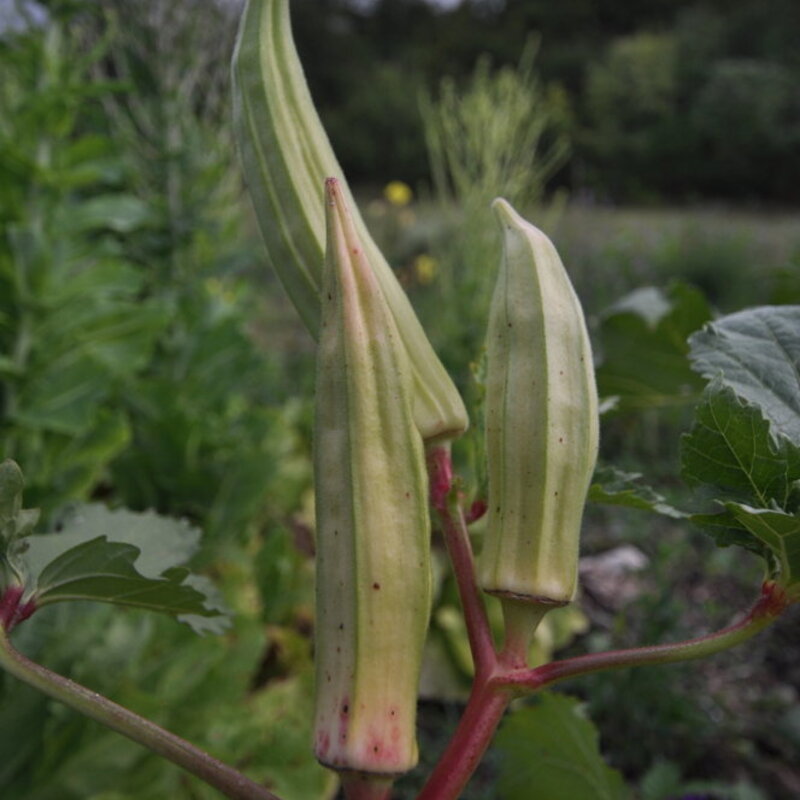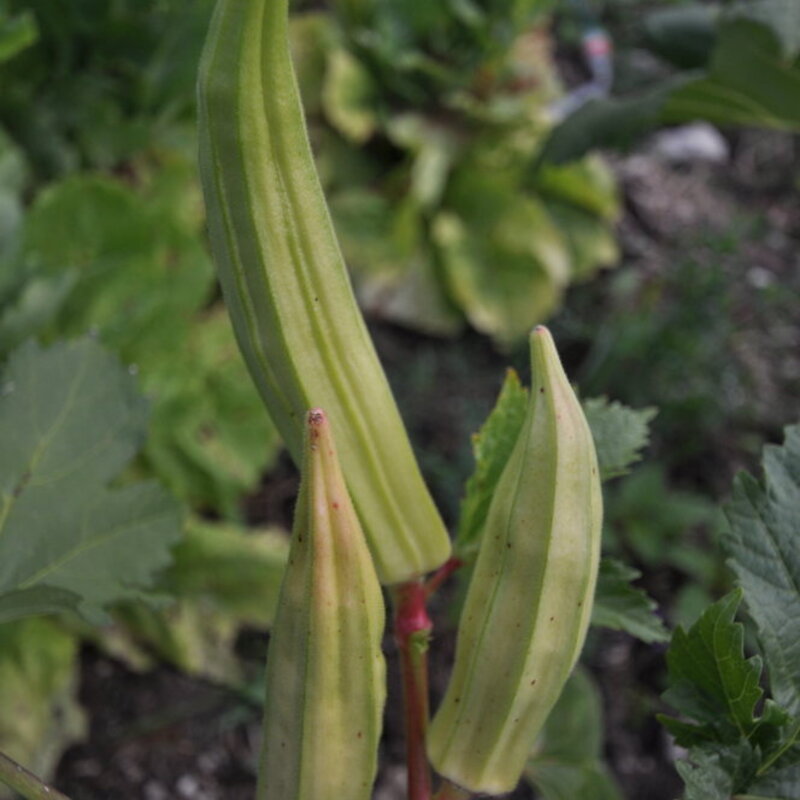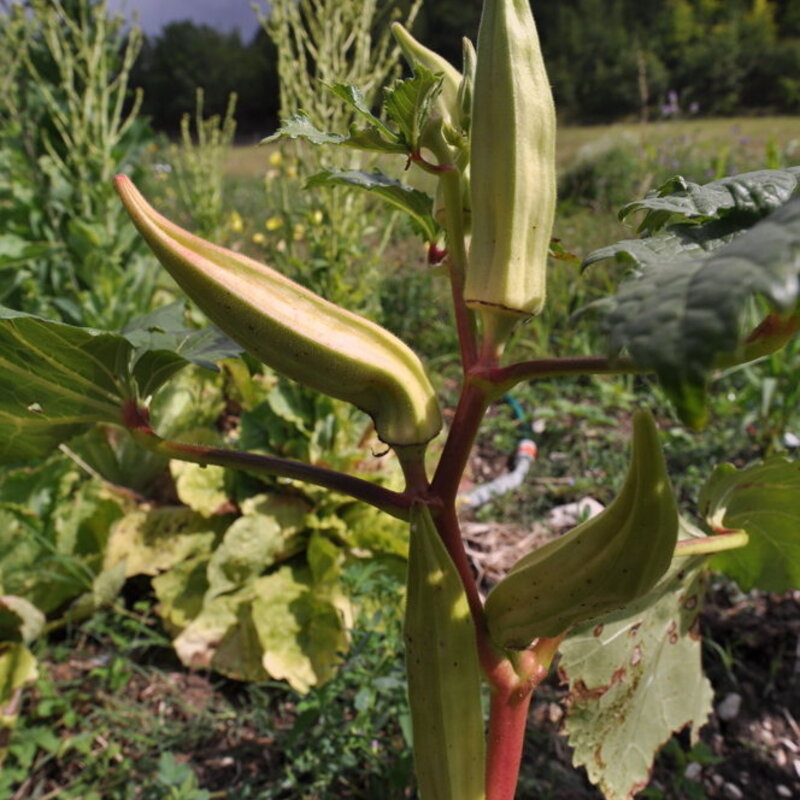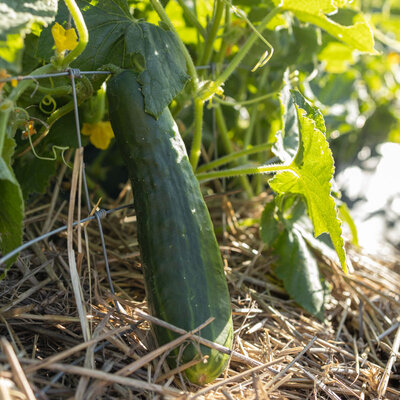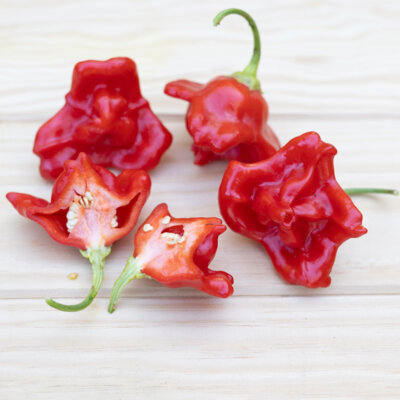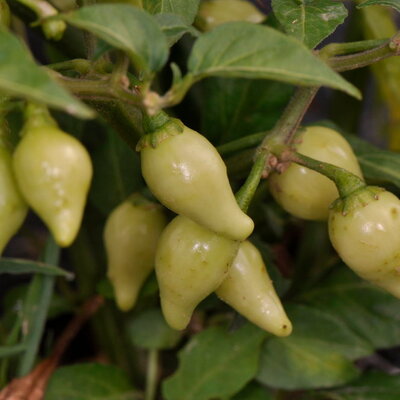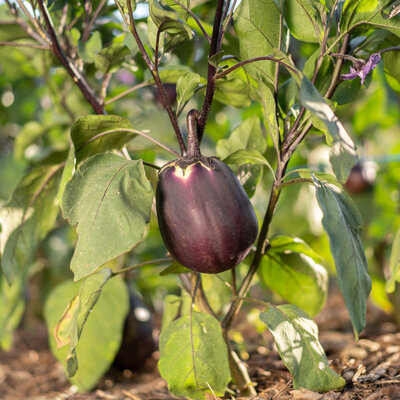Blondy White - Okra
This variety, less than 60 cm tall, is adapted to relatively cool climates. It produces pale-green fruits with a pentagonal cross-section that can be eaten raw or cooked before they reach 8 cm.
The fruits contain a mucilaginous substance that thickens soups, sauces and stews.
These products may also be of interest to you
in bucket
Germination of okra can be temperamental. Soak seeds for 24 h before sowing, then sow in pots at 25°C, 6 weeks before planting, after the last frosts. Transplant at 30 or 60 cm intervals, in all directions, depending on the size of the variety.
Okra likes to grow in full sun, in deep, rich soil. It benefits from relatively abundant watering!
March, April, May
July, August, September, October
in the ground, in pot, in the greenhouse
sunny
fort
all floor types
reheated, light, drained
Abelmoschus esculentum
early
50 seeds
elongated
fleshy
Green
From 50 to 60 cm
From 5 to 15 cm
United States
1986
This variety won an award in the United States in 1986.
Native to Africa, okra is a vegetable rich in vitamins, particularly types A and C. It also contains minerals and trace elements such as calcium, potassium, magnesium, copper and iron. It also contains minerals and trace elements such as calcium, potassium, magnesium, copper and iron. In addition to these nutrients, it contains proteins, lipids, carbohydrates and soluble fibers. Eating okra regulates blood cholesterol levels, helps stabilize blood glucose concentration and limits the rate of sugar absorption in the intestinal tract.



